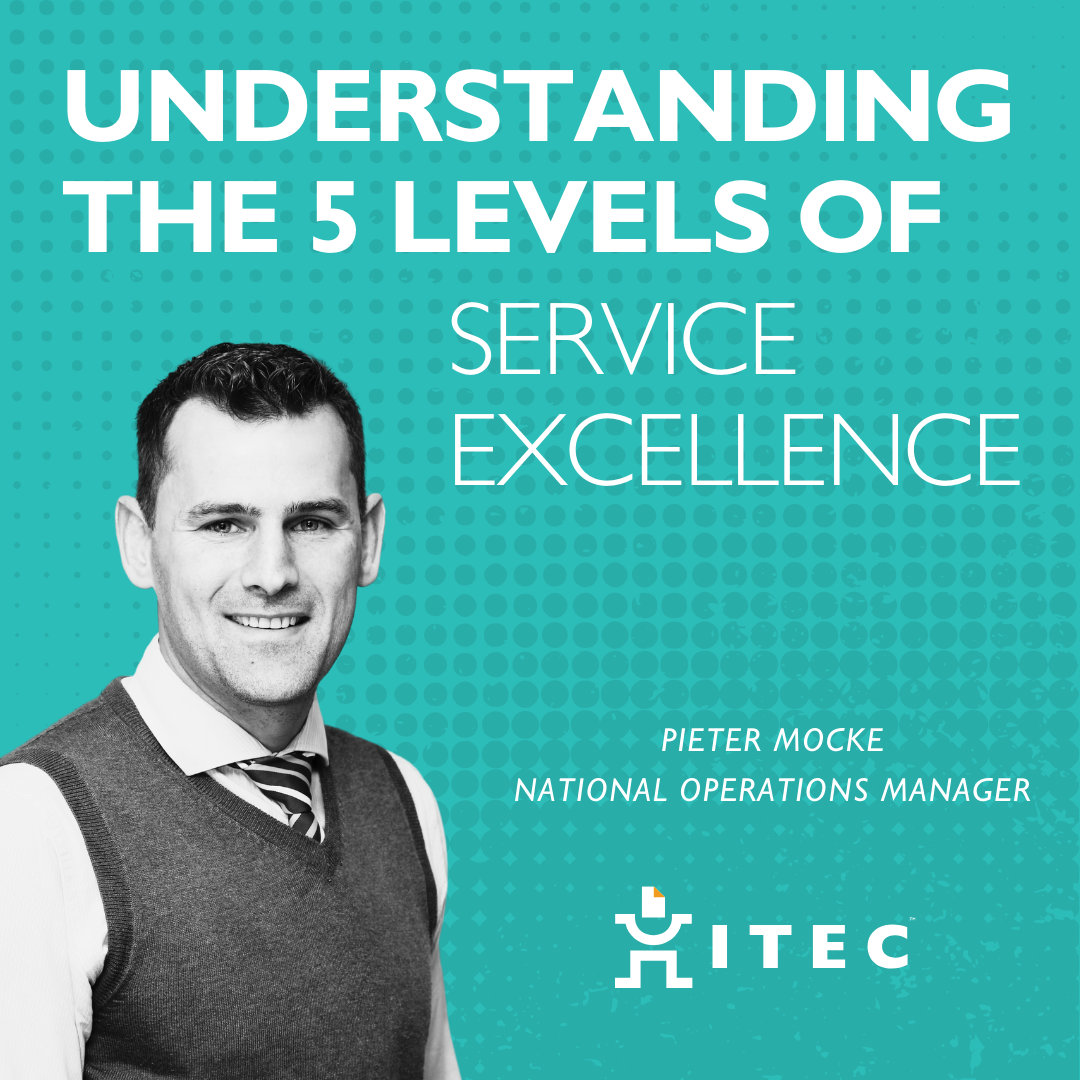How to overcome today’s Content Management challenges
Even though many consider data to be the lifeblood of an organisation, documents and content form the basis of operations. Data guides the decision-making process, but content shapes how an organisation gets through its daily operational processes. Managing the complexities of a sprawling document estate is therefore critical to business success.
Industry research firm Gartner, Inc., estimates that as much as 3% of a company’s revenue is spent on paper, printing, filing and the costs to store and maintain files. In addition, the average office worker uses 10,000 sheets of paper a year.
Enter automation
Technologies like hyperautomation and process automation are available from trusted service providers that can help take care of this potentially significant corporate headache.
Author: Kivashen Moodley
Sales Manager: Innovation at Itec
User awareness
But even if a company works with its service provider to build the structure to digitise content, it means little if the users do not understand how the system works or what is expected of them. By now, people must understand that if something arrives electronically (like an email for example) there might not be a need to print it out.
Unfortunately, this is where more traditionally-minded end users struggle to adapt. They might feel that changing a system that has been working for them for many years might be unnecessary. It is therefore essential for a company to get buy in from them.
And even if they start using this digital-centric process, it is important for businesses to take the necessary steps to prevent those users falling back to their old ways.
Managing the process
One such way that this can be done is for users to take their managers through their typical day. Questions that will be addressed in this way will include how they manage content, how they apply the solution, and where any potential gaps might exist. By doing this, the system can become more organic and reflect the unique requirements of each organisation, department, and end users.
It is also important to use a service provider that has the required local insights and systems in place to take care of the document management processes. Systems might be developed overseas, but they can be tailored to the South African regulatory environment to reflect the requirements of the Protection of Personal Information Act (POPIA). Having POPIA compliance built into the assist can make a significant difference to the digitising process and the document strategies of organisations.
Being able to digitise at scale is a critical competitive advantage. While a small home office might be able to manage the process albeit over time, for large organisations this can virtually be impossible to do ‘by hand’. Furthermore, automation can also bring more sophistication into the document management process.
For example, a logistics organisation might get automatic reminders when vehicle licenses expire. The appropriate managers will get flagged and the system can initiate the renewal process behind-the-scenes.
72% of IT decision-makers said that digital document processes allow their organisations to better maintain business continuity despite unforeseen circumstances (Forrester, 2020). There is so much potential around document management and automation that business leaders need to work closely with their service providers to unlock growth opportunities.









